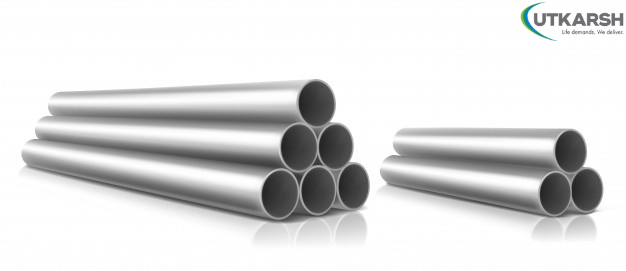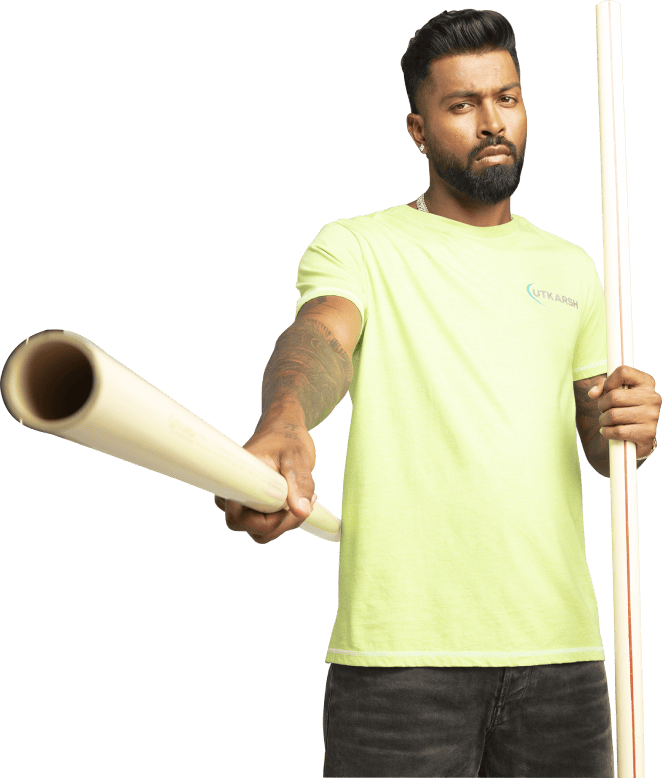How Are PVC Pipes And Fittings Connected?

Despite the fact that you are already aware of how simple it is to construct a building out of PVC pipe, there is one critical step involved in ensuring that your construction is strong, long-lasting, and secure - and this step is equally simple - and that is linking everything together. It is critical to understand the proper method of connecting PVC pipes. You can do the work quite fast if you know what you are doing.
Here are some easy steps to follow for connecting PVC pipe and fittings:
Adhesives for PVC Pipe and Tube
PVC pipes and fittings don't need any adhesives to join them together. They won't be utterly impervious to water, though. You need to make sure there are no leaks as the liquid would be flowing through those pipes. This may be accomplished in several ways, and the one you select will be determined by what you want to link.
You Know More- How Are PVC Pipe Fittings Made?
The ends of the PVC pipe are seldom threaded. Slip ends are joint on PVC fittings for a variety of reasons. While "slip" implies a slippery connection with PVC, it means the fitting will slide directly on top of the pipe. Even if the connection between a pipe and a slip fitting seems tight, it must be sealed to transmit liquid media. PVC cement binds plastic parts together to form a watertight seal on pipes. PVC primer and PVC cement are required for a reliable seal on a slip fitting. The primer prepares the fittings inside for bonding while the cement ensures that the two parts remain firmly attached.
It is necessary to seal threaded fittings differently. Threaded components are popular because they allow for easy disassembly. PVC cement forms a seal in threaded connections but damages the threads because it binds the pipe together. PTFE thread seal tape works well for sealing threaded connections and keeping them operational. To maintain the connection sealed and lubricated, just wrap it around the male threads a few times. The fittings will still unscrew if you need to return to that junction for repair.
You May Like- Best Quality PVC Casing Pipe for Domestic Borewell
Fixtures for joining PVC piping and fittings
Fasteners (screws) may be used to temporarily provide a solid structural hold to PVC pipe and fittings while keeping them secure without using PVC cement. The fittings may then be reused or repositioned at a later time. There are some limits to this technique. It isn't as firm as PVC cement, and it won't work for internal-fit components like couplings and dome caps because of the way they are designed to be connected.
Here's how you use fasteners to join PVC pipes together-
The fitting should be inserted into the pipe. Use a mallet if required to ensure it is thoroughly entered and that it is firmly seated. Into the fitting's side, drill a pilot hole approximately halfway between the pipe and the fitting. The screw will go in much more easily now. Using your drill or driver, drill a pilot hole and then put a self-tapping screw into it. If the screw is too short, the fitting and pipe will not fit.
Both of the techniques described above will help you build a solid PVC construction that you may use for many years to come. Even if none of the above techniques appeal to you, you may just press the pipe and fittings together until they stay attached. However, this method can result in parts that are too loose owing to manufacturing variations. Using the fastener connection approach to attach any loose parts is highly recommended if this is the case.












